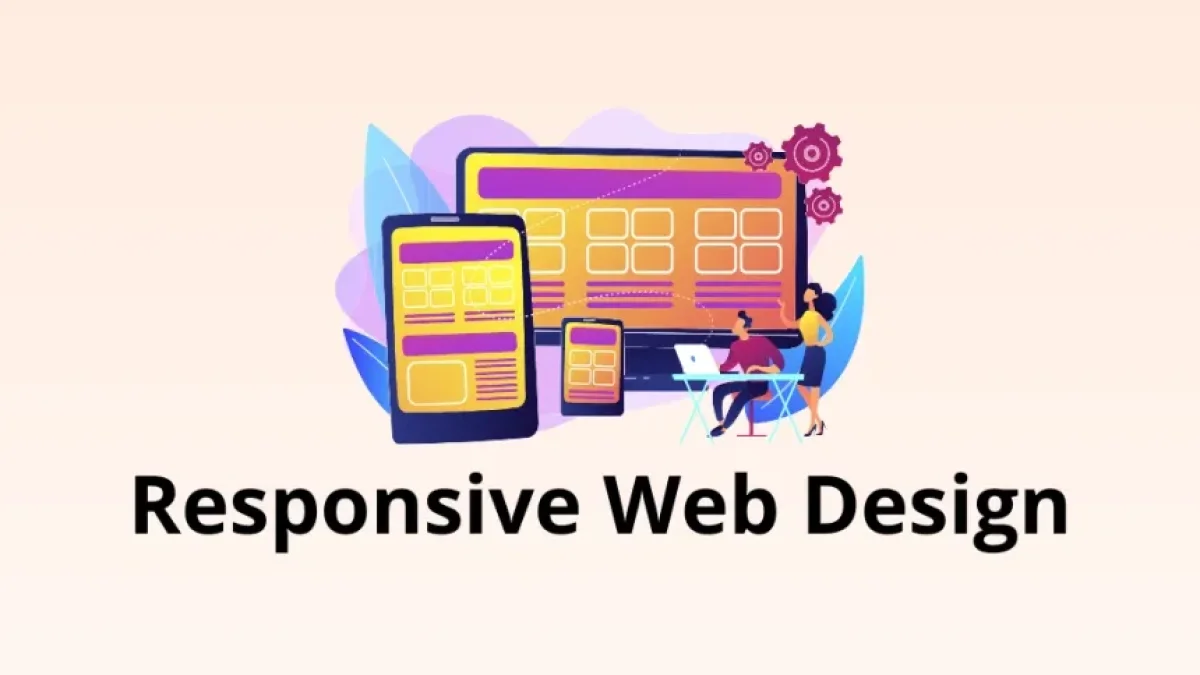What is Responsive Web Design and Why is it Crucial in Modern Development


Responsive Web Design (RWD) has become an essential concept in web development. As technology advances and the diversity of devices increases, responsive design becomes fundamental for providing an optimal user experience. In this article, we will explore in depth what Responsive Web Design is and why its implementation is crucial in today’s development landscape.
What is Responsive Web Design?
Responsive web design is a web development technique that allows a website to adapt to different screen sizes, from desktop computers to mobile devices. It employs a flexible approach that includes fluid layouts, flexible images, and media queries in CSS.
Key Elements of Responsive Web Design
- Flexible Layouts: The structure of the page automatically adjusts based on the screen size.
- Flexible Images: Images resize proportionally to fit different devices.
- Media Queries: Route specific CSS styles for different screen resolutions.
History of Responsive Web Design
The concept of responsive web design was popularized by Ethan Marcotte in his 2010 article "Responsive Web Design." Since then, it has become clear that with the rise of mobile devices and navigation on screens of various sizes, a flexible and user-friendly approach is necessary.
Evolution of Devices
The rapid evolution in device technology has significantly influenced how websites are designed and developed. Before responsive design, developers created multiple versions of a website for different devices, resulting in a costly and inefficient process.
Read also
Why is Responsive Web Design Crucial?
Implementing responsive web design is essential for several reasons:
1. Enhanced User Experience
Users expect to access quality content irrespective of the device they use. A responsive design ensures that the elements on the page are intuitive and easy to navigate, leading to a more satisfying user experience.
2. SEO and Search Engine Ranking
Google favors websites that use responsive design in its ranking algorithm. A mobile-optimized site can perform better in searches, translating into increased web traffic.
3. Cost Efficiency
Creating a single responsive website is more economical in terms of development and maintenance. Instead of designing multiple versions for different devices, developers can focus on one platform that works for all.
4. Adaptability to New Technologies
Responsive design allows a site to easily adapt to new technologies and devices that may emerge in the future. This means that a responsive website will be optimized for the future, avoiding the need for complete redesigns.
How to Implement Responsive Web Design
Implementing responsive web design doesn’t have to be complicated. Here are some key steps to get started:
1. Use a Responsive CSS Framework
Frameworks like Bootstrap and Foundation make responsive design easier. They offer predefined components that automatically adapt to different screen sizes.
2. Design Mobile-First
Adopting a "mobile-first" approach means designing the mobile version of the site before scaling up to larger devices. This approach ensures that essential functionalities are at the core of the proposal.
3. Utilize Effective Media Queries
Using media queries in CSS allows for style changes based on screen size. This helps adjust elements like font size, margins, and column layout.
4. Optimize Images and Resources
Images should be optimized to avoid slow loading times. Using formats like JPEG and WEBP, and compression tools can improve loading speed and user experience.
5. Test and Adjust
Finally, it’s crucial to test the site on different devices and browsers. Tools like Google Chrome DevTools provide options to simulate different devices and resolutions.
Conclusion
Responsive Web Design is not just a passing trend but a necessity in today’s web development world. As more users access the internet through mobile devices, ensuring their online experiences are satisfying and accessible is more critical than ever. Implementing a responsive design not only enhances user experience but also optimizes site performance in search engines and reduces long-term development costs. In summary, responsive web design is the key to success in the competitive digital landscape today.



















